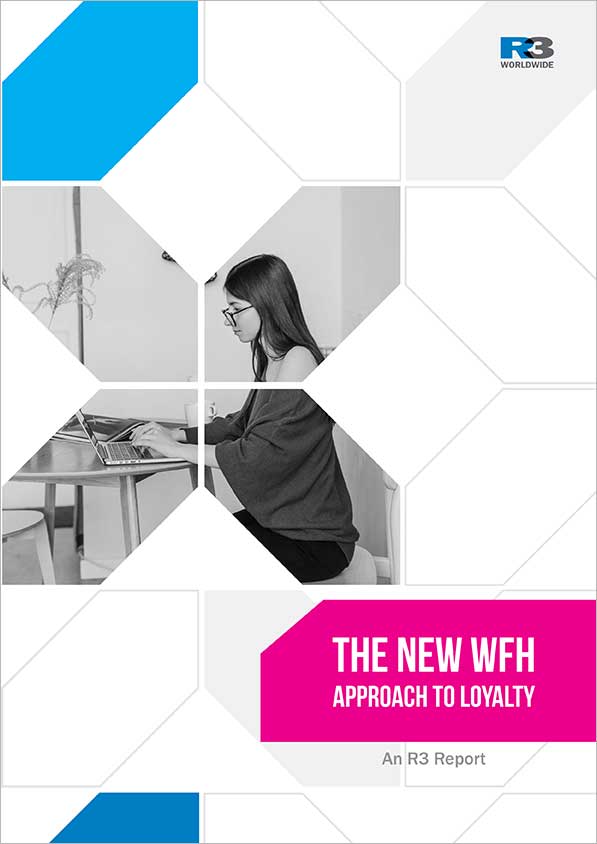The global health pandemic has prompted a surge of new retail activities, with an astonishing 75% of US consumers trying a new shopping behavior in response to economic pressures, store closings, and changing priorities. This general change in behavior has also been reflected in a shattering of brand loyalties, with 36% of consumers trying a new product brand and 25% incorporating a new private-label
brand.
Of consumers who have tried different brands, 73% intend to continue to incorporate the new brands into their routine. Gen Z and high earners are most prone to switching brands. Evolving consumer habits, like those that resulted from the pandemic, have highlighted the urgency for brands to rethink their loyalty program offerings.
In this report, we look at the nature of consumer loyalty in a socially distanced world and what marketers need to do to build trust, provide greater value and deepen engagement.
CONTENTS
- Loyalty: Then & Now
- The New Priorities of WFH Loyalty
- Ways to Structure Loyalty Programs
- WFH Loyalty Strategies
- Case studies from Starbucks, Disney, Verizon, Aveda, and Kohl’s

